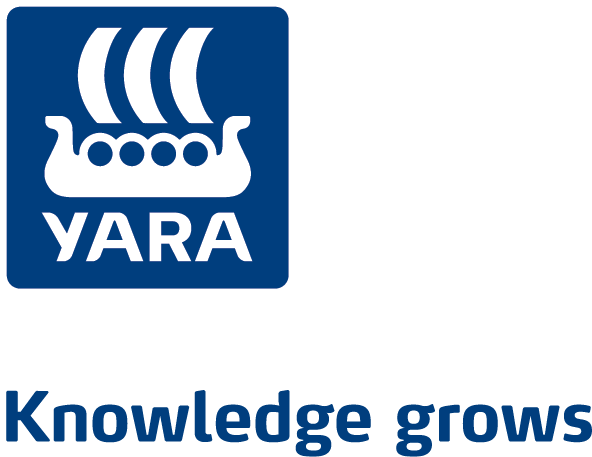How to increase potato yield
The two key yield components of potato are tuber numbers per unit area, and tuber size or weight. Increased yields come from achieving the optimum tuber numbers, maintaining a green leaf canopy, and increasing tuber size and weight.
A balanced crop nutrition program including all macro and micro nutrients is essential to help manage all of these components.
Macronutrient uptake in potatoes
Nutrient uptake varies with the growth stage of the crop. There is a large demand for macro nutrients during early spring growth and to avoid limiting yield it is critical that sufficient quantities of nutrients are available for uptake when required by the plant. Both potassium and nitrogen are needed throughout vegetative growth, tuber formation and bulking.
Potassium is the element most widely utilised by the potato crop and together with nitrogen is required in the highest quantities to achieve high potato yields. The requirements for phosphate, calcium and magnesium are less. While removal differs from field to field and depends on yield, potato crops can utilise 50% more potassium than nitrogen and a 35t/ha crop can remove over 200kg/ha of potassium and 115kg/ha of nitrogen.
Potassium is particularly important for high yields but also for maintaining tuber integrity. "Luxury uptake" of potassium is typical in potatoes. Nitrogen is important for leaf and tuber growth. Like potassium, a lot of nitrogen is recycled from the leaf to the tuber during bulking. Phosphate is also needed in relatively large quantities, particularly during early growth, to encourage rooting and tuber set, and then again during late season for bulking.
Micronutrient uptake in potatoes
While much lower amounts of micronutrients are needed, the correct balance is essential for quality crop production.
A balanced crop nutrition strategy is essential and although much lower amounts are needed the correct balance of micronutrients should be included since these are essential elements for achieving high yields. The most important micro nutrients on potatoes are Boron, Copper, Manganese and Zinc
Recommended Yara fertilisers for potatoes






















































